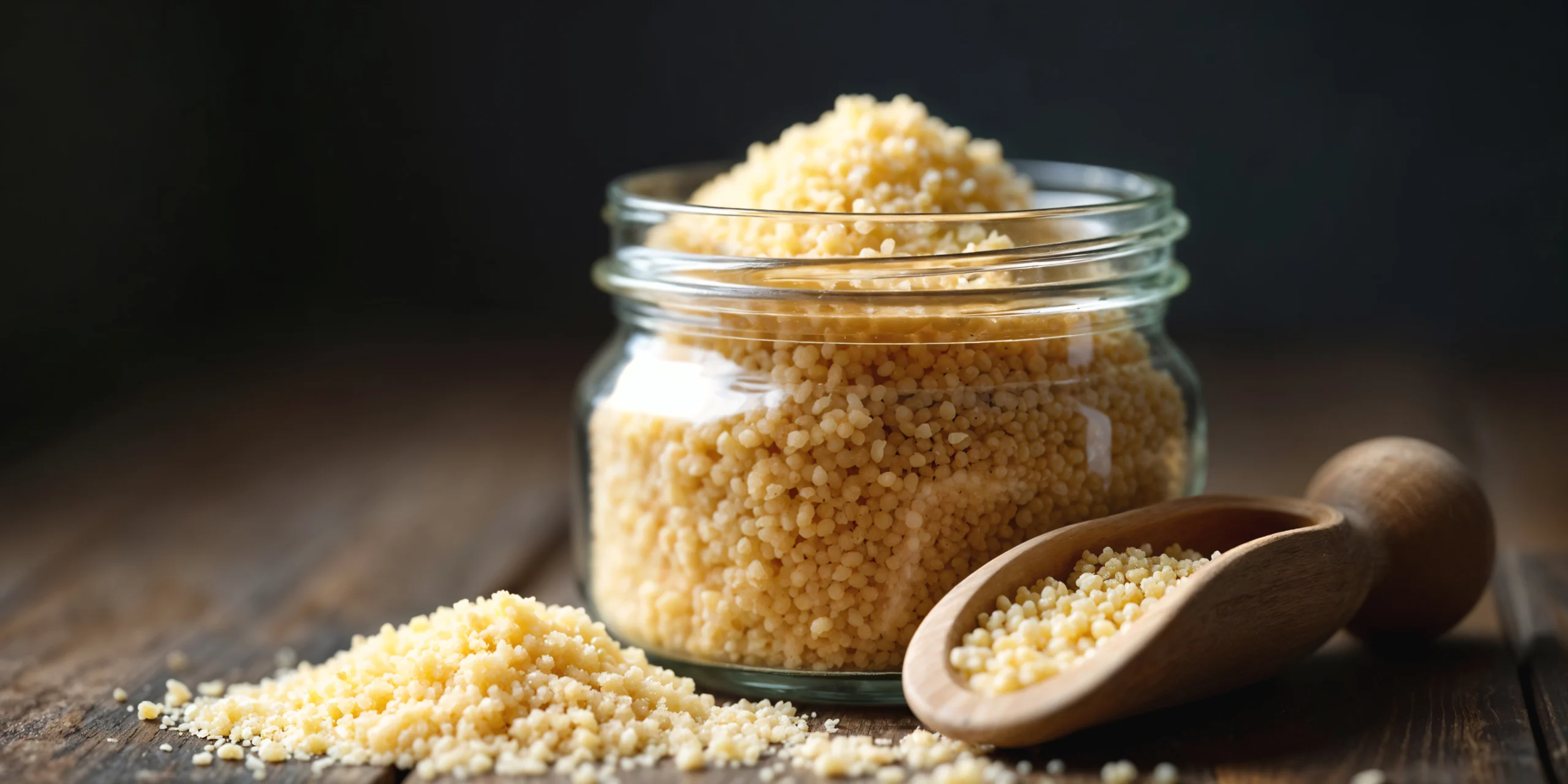🥣 How Many Carbs Are in Grits? A Complete Breakdown for Smart Eating
Introduction: Why Knowing the Carbs in Grits Matters More Than You Think
There’s something incredibly comforting about a warm, creamy bowl of grits. Maybe it’s the Southern charm, or maybe it’s the way butter melts into each spoonful. But if you’re watching your carbs—whether it’s for weight loss, managing blood sugar, or sticking to keto—you’ve probably asked yourself this question: How many carbs are in grits, really?
The answer isn’t as straightforward as you might think. Different types of grits carry different nutritional values, and how you prepare them matters just as much. Whether you’re a die-hard grits lover or just trying to stay on track with your carb goals, understanding what’s in your bowl is the first step toward smarter eating.
Let’s dig deep into the carb content of grits, compare them to similar foods, and explore tasty low-carb alternatives so you can make informed choices without sacrificing flavor.
Table of Contents
What Are Grits Made Of? A Carb-Lover’s Base Explained
You might already know that grits come from corn—but not just any corn. Grits are made from ground kernels of hominy or yellow corn, and depending on how they’re processed, they can look and taste quite different. The processing level also impacts the carb count.
Types of Grits You’ll Find on Shelves
Each version has a unique texture and nutritional profile:
- Stone-ground grits: The least processed; they retain more nutrients and fiber.
- Quick grits: Finely ground and precooked for faster preparation.
- Instant grits: Fully precooked and dehydrated—just add hot water.
- Hominy grits: Made from corn treated with an alkali solution to remove the hull.
Because all of them originate from corn, a naturally starch-rich grain, they’re inherently high in carbohydrates—just in varying amounts.
Bottom Line: Grits are fundamentally a starchy dish, and no matter the form, you’re getting a significant dose of carbs.
How Many Carbs Are in Grits? (By Type)
The carb content of grits can range from moderate to high depending on the type and serving size. One cup of cooked grits is the most commonly referenced serving, and that’s what we’ll use here.
Carb Breakdown by Type
| Type of Grits | Carbs (g) | Fiber (g) | Net Carbs (g) | Calories |
|---|---|---|---|---|
| Stone-Ground | 38 | 2 | 36 | 182 |
| Instant Grits | 30 | 1 | 29 | 160 |
| Quick Grits | 32 | 1 | 31 | 170 |
| Hominy Grits | 25 | 2 | 23 | 150 |
Net carbs are what count when you’re following a low-carb diet. You calculate net carbs by subtracting fiber from total carbs, since fiber doesn’t spike blood sugar.
You may think choosing “instant” or “hominy” varieties will save you carbs—and you’re partly right. But even the lowest-carb option still packs over 20 grams of net carbs per serving.
Are Grits Keto-Friendly or Low-Carb? Not Exactly. Here’s Why
If you’re following a keto diet or trying to cut carbs, you probably already know the daily limit is strict—usually 20–50 grams of net carbs per day. Just one bowl of grits can use up almost your entire daily allotment.
Why Grits Don’t Work for Keto or Low-Carb Diets
- High in starch: Corn is naturally carb-heavy.
- Minimal fiber: Unlike whole grains, grits offer little to offset the carbs.
- Glycemic impact: Grits can spike your blood sugar fast.
Better Low-Carb Alternatives to Traditional Grits
You don’t have to give up creamy bowls forever. Try these alternatives:
- Cauliflower grits – Riced cauliflower with cheese and cream.
- Almond flour porridge – Nut-based and low in starch.
- Hemp heart “cereal” – Rich in protein and fiber.
- Shirataki rice – Made from konjac root; almost carb-free.
Tip: If you really crave traditional grits, stick to half servings and pair with high-protein, high-fiber foods to reduce the blood sugar hit.
Grits vs. Oatmeal vs. Rice: Carb Showdown
If you’re trying to weigh your breakfast options, it’s worth comparing grits with similar staples.
Nutritional Comparison (Per 1 Cup Cooked)
| Food | Total Carbs (g) | Fiber (g) | Net Carbs (g) | Calories |
|---|---|---|---|---|
| Grits | 30–38 | 1–2 | 29–36 | 150–180 |
| Oatmeal | 27 | 4 | 23 | 154 |
| White Rice | 45 | 0.6 | 44.4 | 204 |
As you can see, grits aren’t the highest in carbs—but they’re far from the lowest. Oatmeal offers more fiber, while rice is the clear carb leader.
How to Make Lower-Carb Grits Recipes
So maybe you’re not ready to let go of grits entirely—understandable. You can absolutely still enjoy the texture and taste with creative swaps that slash carbs but keep the flavor.
Low-Carb Cauliflower Grits Recipe
| Ingredient | Amount | Net Carbs (g) |
|---|---|---|
| Cauliflower (riced) | 1 cup | 3 |
| Heavy Cream | 2 tbsp | 1 |
| Cheddar Cheese | 1/4 cup | 0 |
| Butter | 1 tbsp | 0 |
| Garlic Powder | 1/4 tsp | 0 |
| Total | — | 4g per cup |
Instructions:
- Steam the riced cauliflower until tender.
- Blend with heavy cream, cheese, butter, and garlic powder.
- Adjust salt to taste. Optionally, add crumbled bacon or sautéed shrimp for protein.
Bonus Tip: Use nutritional yeast instead of cheese for a dairy-free, vitamin-rich flavor boost.
How to Fit Grits Into a Balanced Diet
You don’t need to go cold turkey on grits. It’s all about how you incorporate them into your day.
Smart Ways to Eat Grits Without Overdoing the Carbs
- Portion Control: Stick to 1/4 or 1/2 cup servings.
- Pair Wisely:
- Add scrambled eggs or boiled eggs.
- Combine with lean protein like turkey sausage or grilled shrimp.
- Include non-starchy veggies like spinach or peppers.
- Add Fiber:
- Mix in chia or ground flax seeds.
- Choose stone-ground varieties with more fiber.
Avoid loading up on butter, sugar, or syrup—they add empty calories and fast-digesting carbs.
Frequently Asked Questions About Carbs in Grits
Let’s clear up some of the most common concerns.
Are grits high in carbohydrates?
Yes, they are. A single cup of cooked grits typically contains 30–38 grams of carbohydrates, depending on the type. That makes them a high-carb food.
Can I eat grits on a keto diet?
Traditional grits aren’t keto-friendly. One cup can exceed your daily carb limit. However, cauliflower-based “grits” are a great alternative with under 5 net carbs per serving.
What’s the lowest-carb version of grits?
Hominy grits have slightly fewer carbs than the rest, with around 23g net carbs per cup. But if you’re aiming for ultra-low carb, cauliflower grits are your best bet.
Are instant grits lower in carbs than regular grits?
Instant grits are usually lower in total carbs, but they also tend to have less fiber and nutrients due to more processing. Nutritionally, they’re a trade-off.
Conclusion: Grits and Carbs—Now You Know What’s in Your Bowl
There’s no need to fear grits—but you should respect what’s in them. You’ve seen how grits stack up against other grains, how different types vary in carb count, and how easy it is to create healthier versions at home. Whether you’re living low-carb, watching your blood sugar, or just trying to stay mindful of what you eat, understanding the carb content in grits gives you control over your plate—and your health.
You don’t have to quit your favorite comfort food. With portion mindfulness, smart substitutions, and a few creative twists, you can have your grits and eat them too.
👣 Your Next Step
Love grits but want to stay on track? Try our free printable Low-Carb Grits Recipe Guide and start creating healthier versions at home. Drop your email below and we’ll send it right to your inbox—plus bonus meal plans and carb-count cheat sheets to make your next breakfast smart, not stressful.
🔔 Subscribe now and unlock healthier eating—one bowl at a time.
Did you benefit anything?
0.0 out of 5 stars (based on 0 reviews)There are no reviews yet. Be the first one to write one.

